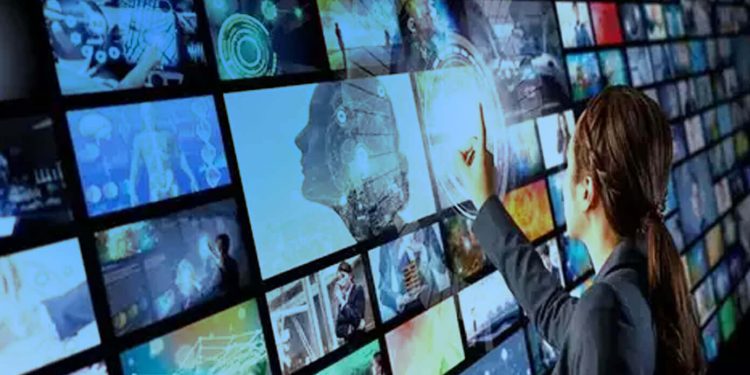The outbreak of coronavirus has significantly impacted industries across India, with the media and entertainment industry being one of the worst struck. Even after one year of the pandemic, the industry is still struggling with the pandemic’s ripple effects. This year, the industry players will be working in a landscape that the pandemic has permanently changed. Here are some digital technology trends to watch this year as we adjust to the new normal.
How the pandemic changed the viewers’ behavior in 2020
- In response to the crisis, the media and entertainment industry’s transition to cloud subscription services has accelerated.
- The viewership of local news and broadcasting has increased and has become the medium of choice for information.
- In-home entertainment gained prominence. Disney signed over 50 million subscribers in just five months.
- Innovative virtual concerts are attracting a large number of audiences – iHeart Living Room Concert for America hosted by Elton John attracted 8.7 million viewers.
- eSports started becoming mainstream. An example of this is Formula 1 creating eSports experiences, such as virtual racing.
The Road ahead
It is important for companies to adopt a novel approach in the post-pandemic world. For this purpose, they have to expand the following important capabilities:
Accelerate digitization
As we are slowly getting used to the new normal, the in-home entertainment trend is expected to continue. Now that in-home entertainment is expected to become the main growth engine, an accelerated shift to digital is necessary to survive in the post-pandemic world. The companies will have to create new digital and mobile services and revenue streams. They will have to offer new experiences to the viewers to keep them interested.
Smarter operations to compensate for expected losses in traditional entertainment
To adapt to the new normal, companies will have to transform their business processes into smart and digitally driven operating models that can compensate for expected losses in traditional entertainment. Smart operations and intelligent workflows based on Artificial Intelligence, automation, and the cloud can help accomplish this goal and help digital services innovate and deploy quickly.
Consumer engagement through personalization
Instead of offering the traditional “one-to-many” entertainment to the audience, personalized entertainment will help companies engage with consumers and re-capture their interest, time, and money. OTT platforms, like Netflix, Amazon Prime, and Hulu, are offering a diversity of choices and cross-platform compatibility that viewers have never experienced before. Companies are targeting audiences at a deeper level through personalization. This has led to a greater increase in artificial intelligence (AI) and machine learning (ML) adoption to draw out connection points so that audience’s preference can be understood better.
Leverage 5G advantage
With the help of 5G networks, companies will be able to enhance the viewing experience and accessibility to content. 5G will also unlock the potential of augmented and virtual reality applications. It will give businesses in the entertainment industry new business
models and immersive interactive experiences to gain from. Therefore, the companies must prepare themselves for adding this new, tactile dimension to entertainment, powered by 5G.
[Also Read: How 5G will impact IoT? ]
Wrap Up
COVID-19 has put the world behind by several years, and returning to the normal will take time, but technology can certainly help the staggering industry get back on its feet again.








